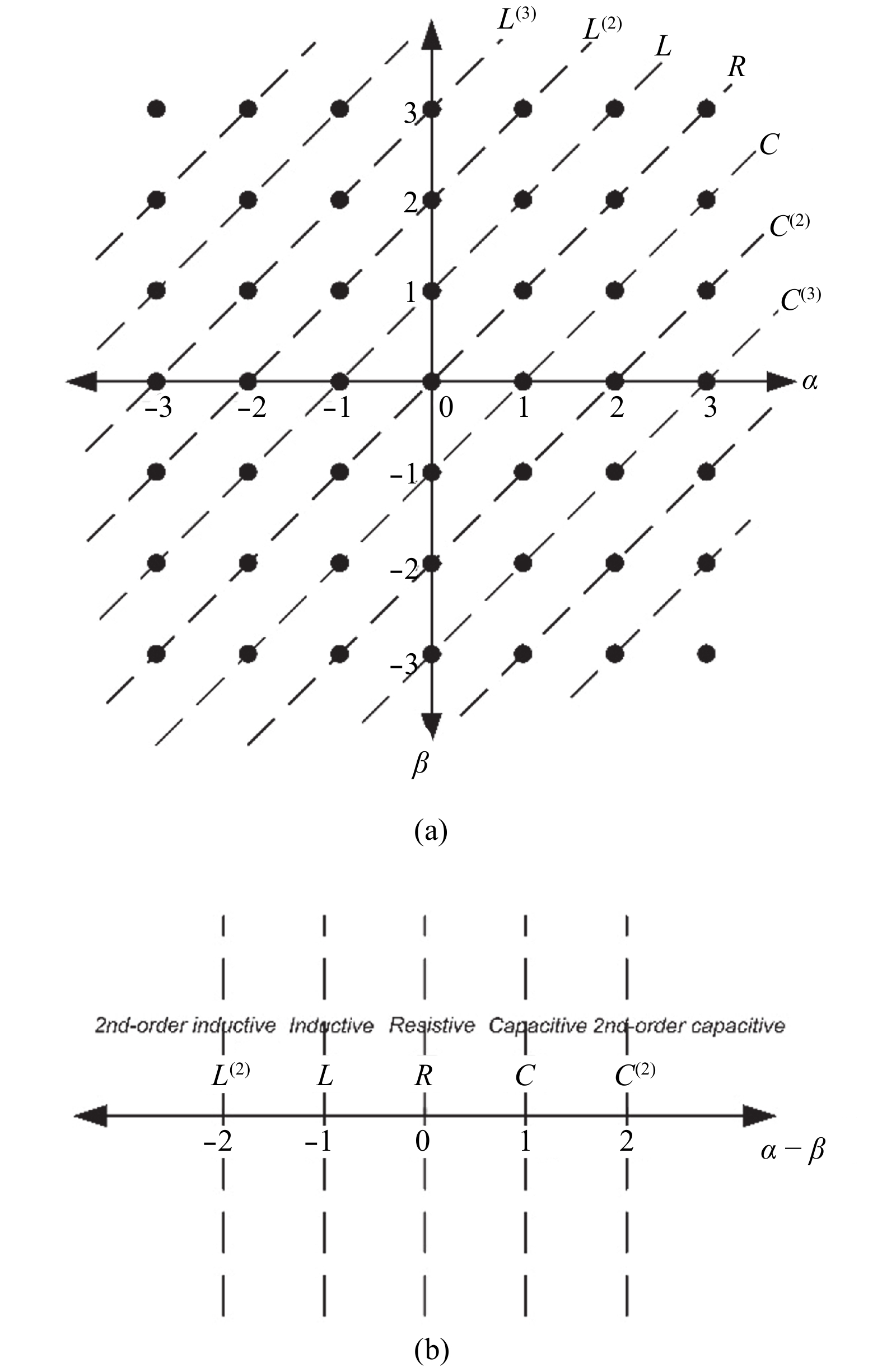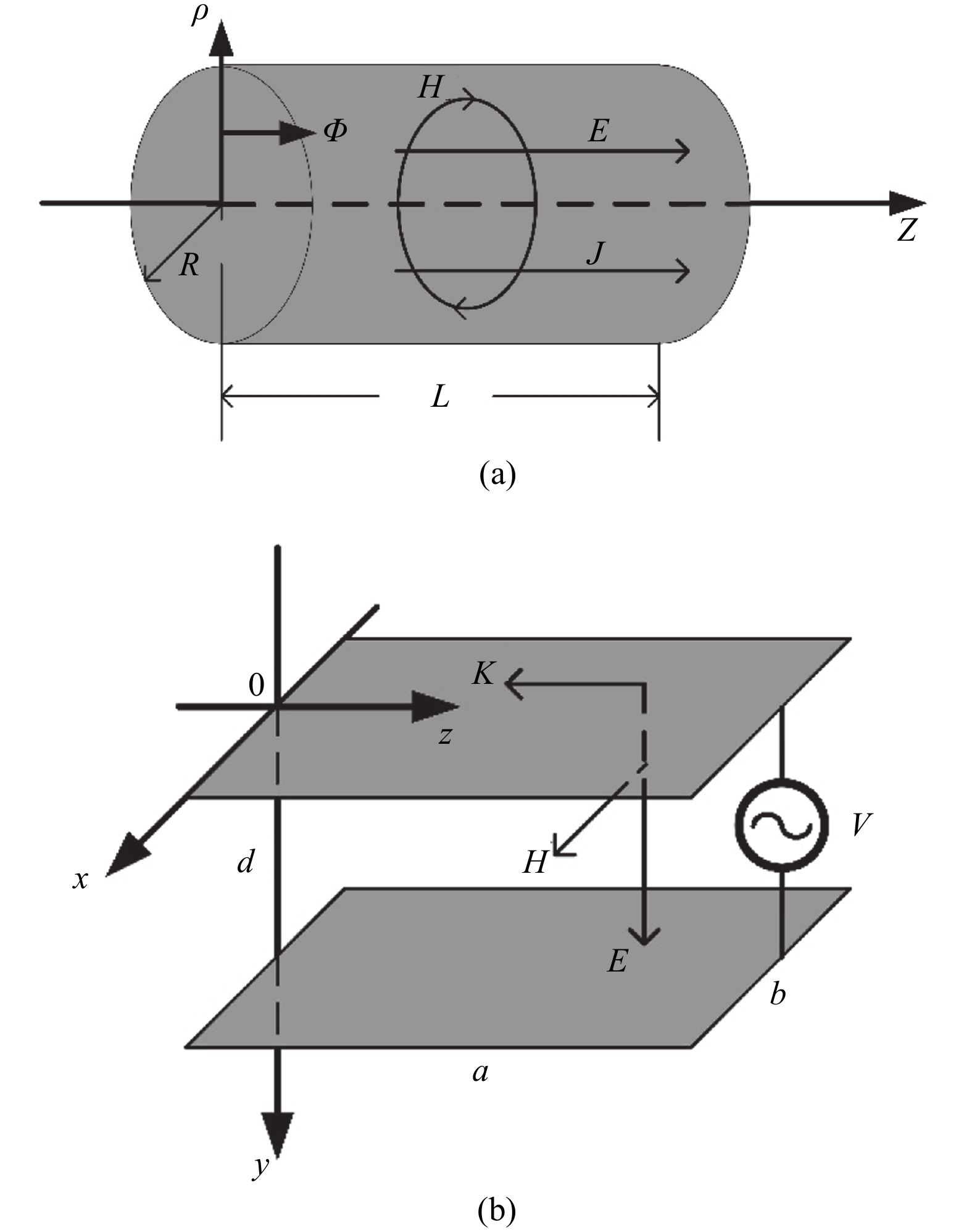| Citation: |
Wei Wu, Ning Deng. Electro-magnetic interpretation of four-element torus[J]. Journal of Semiconductors, 2017, 38(11): 114008. doi: 10.1088/1674-4926/38/11/114008
****
W Wu, N Deng. Electro-magnetic interpretation of four-element torus[J]. J. Semicond., 2017, 38(11): 114008. doi: 10.1088/1674-4926/38/11/114008.
|
Electro-magnetic interpretation of four-element torus
DOI: 10.1088/1674-4926/38/11/114008
More Information
-
Abstract
The concept of the memristor was proposed by Leon Chua in 1971, along with some electro-magnetic interpretations according to quasi-static expansion of Maxwell’s equations. In 2003, Chua included the memristor into a four-element torus that has infinite circuit elements. This paper uses the quasi-static method to interpret every circuit element in the torus. Two examples are also provided to show how topologic structure of an element affects its electrical properties by affecting the dominant electro-magnetic field components. Additionally, it is proved that the circuit elements in the torus, except the resistive, capacitive and inductive elements, cannot exist independently. Moreover, the incorrectness in Chua’s interpretation of the memristor, that the memristor cannot be interpreted with the transient quasi-static method due to its memory property, is pointed out. Finally, the limitations of the electro-magnetic interpretation method are discussed. -
References
[1] Chua L O. Memristor—the missing circuit element. IEEE Trans Circuit Theory, 1971, 18(5): 507 doi: 10.1109/TCT.1971.1083337[2] Ho P W C, Almurib H A F, Kumar T N. Memristive SRAM cell of seven transistors and one memristor. J Semicond, 2016, 37(10): 104002 doi: 10.1088/1674-4926/37/10/104002[3] You Z, Hu F, Huang L, et al. A long lifetime, low error rate RRAM design with self-repair module. J Semicond, 2016, 37(11): 115004. doi: 10.1088/1674-4926/37/11/115004[4] Kokate P P. Memristor-Based Chaotic Circuits. IETE Techn Rev, 2009, 26(6): 417 doi: 10.4103/0256-4602.57827[5] Jo S H, Chang T, Ebong I, et al. Nanoscale Memristor Device as Synapse in Neuromorphic Systems. Nano Lett, 2010, 10(4): 1297 doi: 10.1021/nl904092h[6] Kim H, Sah M P, Yang C, et al. Neural synaptic weighting with a pulse-based memristor circuit. IEEE Trans Circuits Syst I, 2012, 59-I(1): 148[7] Shinde S S, Dongle T D. Modelling of nanostructured TiO2-based memristors. J Semicond, 2015, 36(3): 52[8] Biolek Z, Biolek D, Biolkova V. SPICE Model of Memristor with Nonlinear Dopant Drift. Radioengineering, 2009, 18(2): 210[9] Kumar A, Baghini M S. Experimental study for selection of electrode material for ZnO-based memristors. Electron Lett, 2014, 50(21): 1547 doi: 10.1049/el.2014.1491[10] Ho P W C, Hatem F O, Almurib H A F, et al. Comparison between Pt/TiO2/Pt and Pt/TaOX/taOY/pt based bipolar resistive switching devices. J Semicond, 2016, 37(6): 064001 doi: 10.1088/1674-4926/37/6/064001[11] Ventra M D, Pershin Y V, Chua L O. Circuit elements with memory: memristors, memcapacitors, and meminductors. Proc IEEE, 2009, 97(10): 1717 doi: 10.1109/JPROC.2009.2021077[12] Wang F Z. A triangular periodic table of elementary circuit elements. IEEE Trans Circuits Syst I, 2013, 60(3): 616 doi: 10.1109/TCSI.2012.2209734[13] Chua L O. Nonlinear circuit foundations for nanodevices I: the four-element torus. Proc IEEE, 2003, 9(11): 1830 doi: 10.1109/JPROC.2003.818319[14] Chua L O. Device modeling via nonlinear circuit elements. IEEE Trans Circuits Syst, 1980, 27(11): 1014 doi: 10.1109/TCS.1980.1084742[15] Fano R M, Chu L J, Adler R B. Electromagnetic fields, energy, and forces. Wiley, 1960: 122[16] Chua L O. Resistance switching memories are memristors. Appl Phys A, 2011, 102(4): 765 -
Proportional views






 DownLoad:
DownLoad:


























